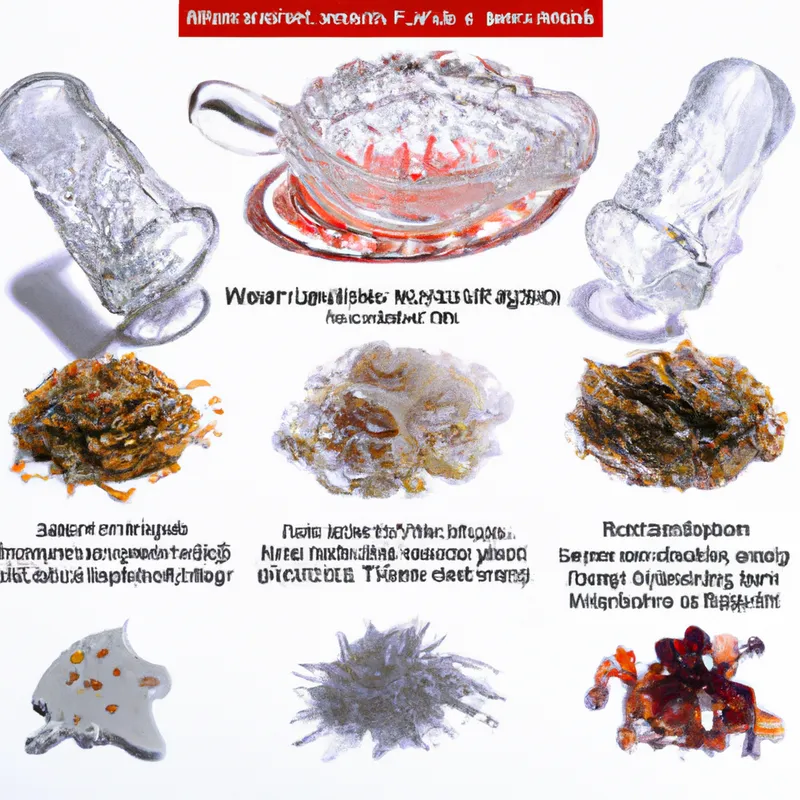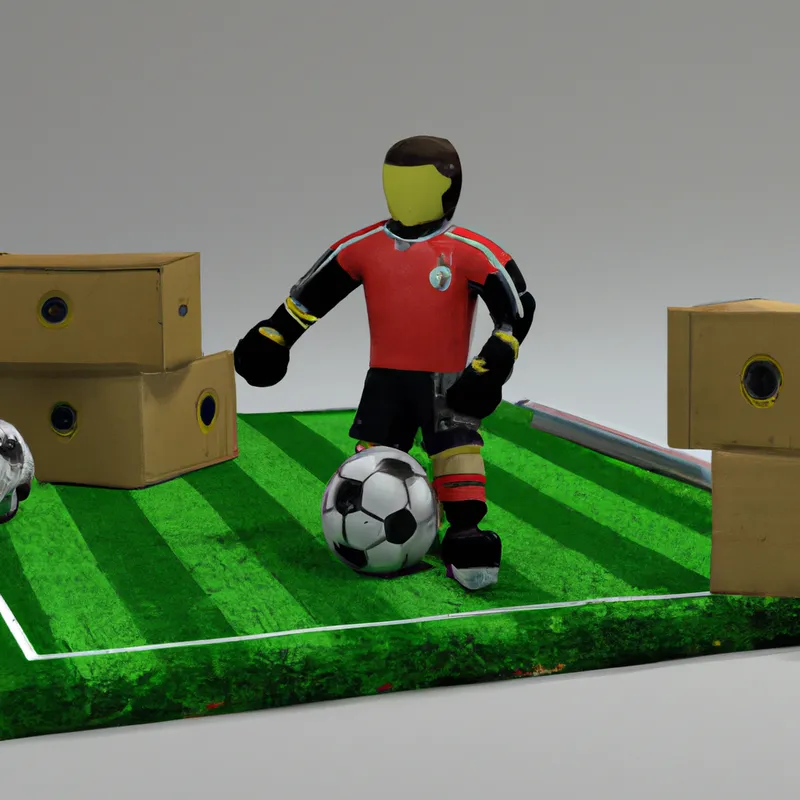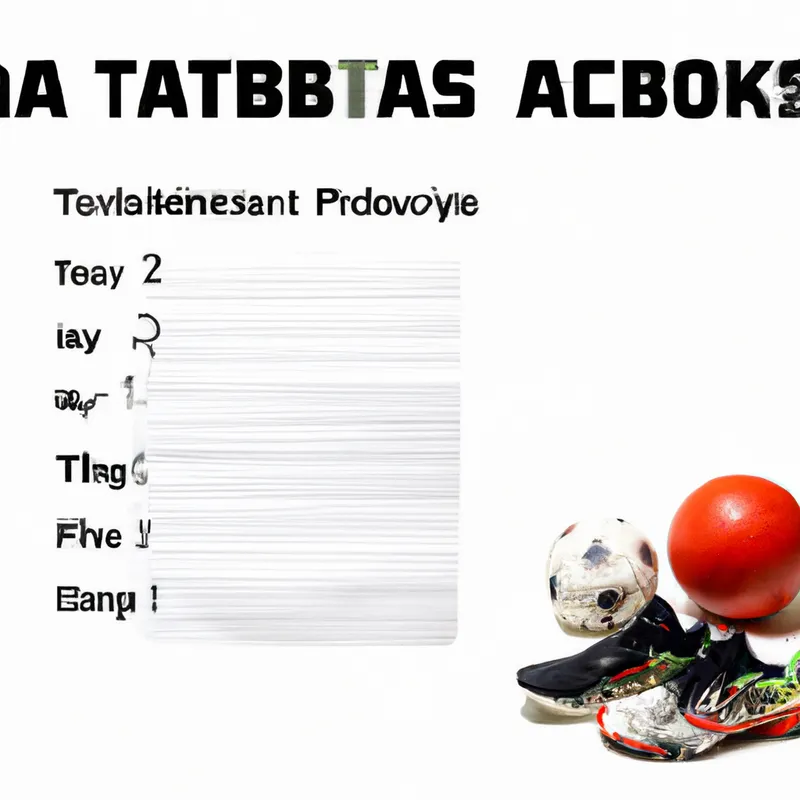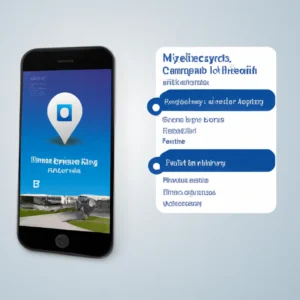Speed Up Recovery Using the RICE Method
RICE Protocol: Timing and Duration for Optimal Recovery
Injuries can occur unexpectedly. Whether you’re an athlete or an active individual, managing acute injuries is essential. The RICE protocol effectively addresses these injuries. RICE stands for Rest, Ice, Compression, and Elevation. This method reduces pain and swelling, promoting faster healing. Understanding timing and duration for RICE components impacts recovery.
Understanding the RICE Protocol
The RICE protocol treats soft tissue injuries like sprains and strains. It works best within the first 48 hours after an injury. Each RICE component plays a vital role in recovery. Let’s explore each part to understand its importance.
Rest
Rest is the first and most critical step in RICE. It allows your body to heal without strain. If you sprain or strain, avoid placing weight on the injured area. Rest for at least 24 to 48 hours for optimal recovery. This period prevents further injury and promotes healing.
Complete immobilization isn’t always necessary. Depending on injury severity, gentle movement may help after resting. Listen to your body during this time. If movement increases pain, return to resting until you feel comfortable to move again.
Ice
Icing the injured area effectively reduces swelling and numbs pain. Ice constricts blood vessels, decreasing blood flow to the injury. Use an ice pack or frozen vegetable bag wrapped in a towel to protect your skin.
For best results, apply ice for 15 to 20 minutes every hour during the first 48 hours. After this, reduce icing frequency to several times daily if swelling persists. Never apply ice directly to the skin; always use a barrier to avoid frostbite.
Compression
Compression is crucial in the RICE protocol. It controls swelling and supports the injured area. Use an elastic bandage or compression wrap for effective application. Ensure the wrap is snug but not too tight; avoid numbness or tingling.
Keep the compression wrap on for 48 hours after the injury. This duration helps manage swelling and supports healing. After 48 hours, adjust compression based on comfort and injury severity.
Elevation
Elevation aids in reducing swelling and promotes blood flow away from the injury. Keep the injured area elevated above heart level whenever possible. This position assists in minimizing fluid accumulation.
Conclusion
The RICE protocol effectively manages acute injuries. Prioritize rest, ice, compression, and elevation for optimal recovery.
Below are related products based on this post:
FAQ
What does the RICE protocol stand for and how is it used in injury recovery?
The RICE protocol stands for Rest, Ice, Compression, and Elevation. It is used to manage acute injuries such as sprains and strains, particularly within the first 48 hours after the injury occurs. Each component plays a critical role in reducing pain and swelling, ultimately promoting faster healing.
How long should I apply ice to an injury, and how often?
For best results, you should apply ice to the injured area for 15 to 20 minutes every hour during the first 48 hours. After this period, if swelling persists, you can reduce the icing frequency to several times a day. Always use a barrier, such as a towel, to protect your skin from direct contact with the ice to prevent frostbite.
What should I do if I experience pain while trying to move the injured area?
If you experience pain while attempting to move the injured area, it’s important to return to resting. The initial rest period should last for at least 24 to 48 hours to allow your body to heal. Listen to your body and only attempt gentle movement when you feel comfortable doing so.















Post Comment